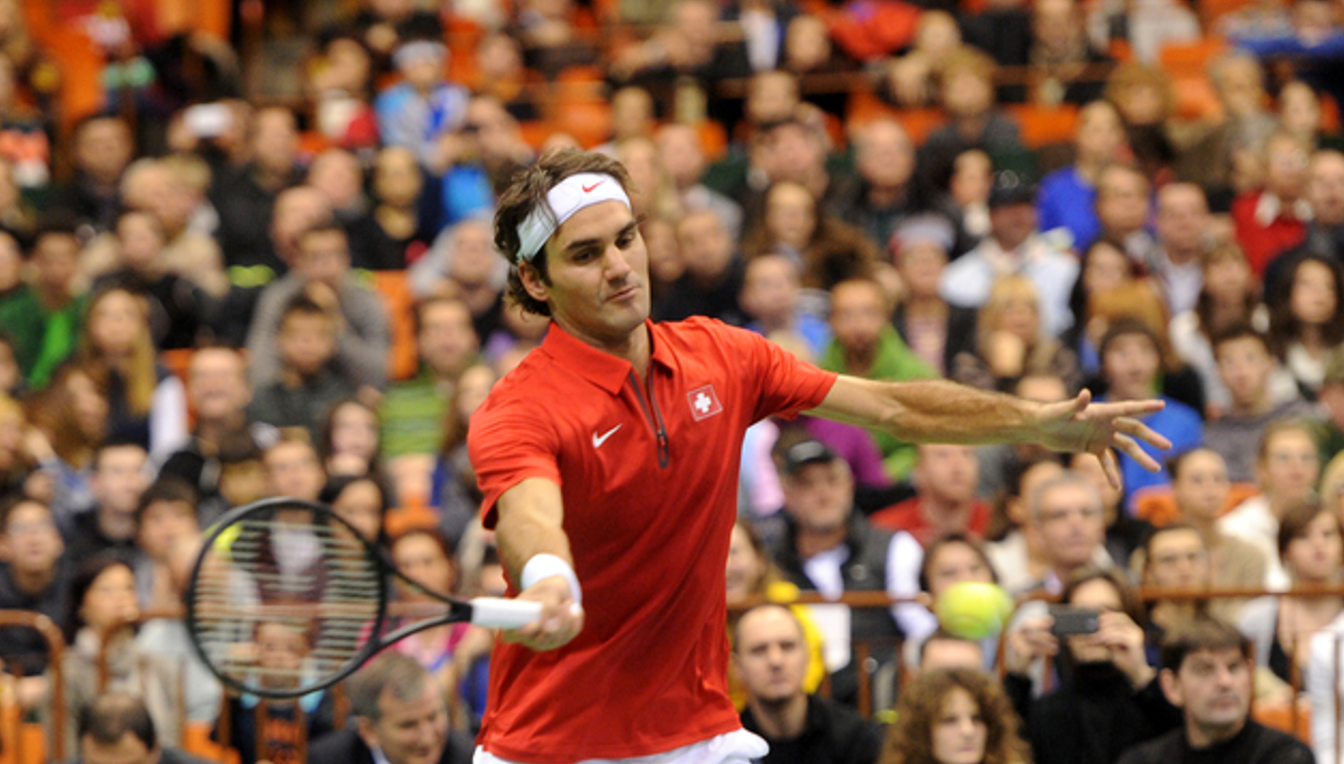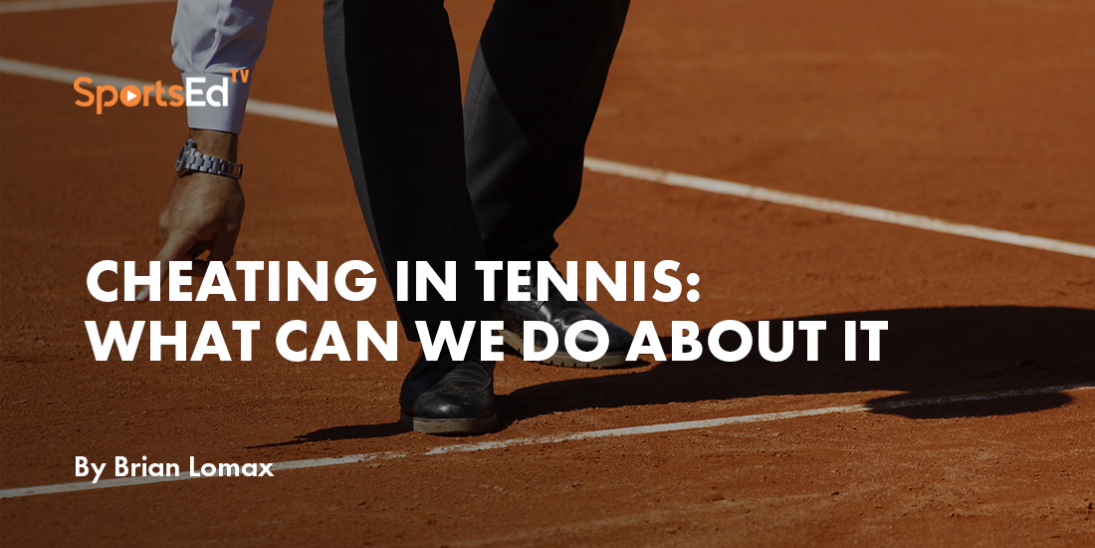Tennis
Welcome and thanks for visiting...

The Grip Myth: Rediscovering Tennis through Unconventional Beginnings

A Circuitous Introduction to Tennis
Unlike NBA legend Allen Iverson, who famously questioned the importance of practice, I had never even heard of something as fundamental as a grip in tennis. My introduction to the game was anything but traditional. It wasn’t until I was 18 that I first held a tennis racquet. In fact, I didn’t even know people took lessons to learn how to play the game. My first experience with tennis came as a dare: I walked onto a clay court wearing football shoes, thinking I was good at everything. At that moment, I found the sweet spot on the very first ball I hit, and though I was punished by my peers for my footwear, the endorphin rush changed the course of my life. Baseball, my first love, no longer existed at my institution, and tennis quickly took its place.
From Baseball Bats to Tennis Racquets

Imagine stepping onto a tennis team barely able to keep score, yet having a stroke that players wanted to emulate. That was me a year after picking up a racquet, thanks to the soft spot my position coach (also the tennis coach) had for me. My initiation into tennis wasn’t glamorous—it involved maintaining four red clay courts, which I saw as more punishment than opportunity. Until then, my only experience with sports equipment involved a baseball bat and a ping pong paddle—neither of which prepared me for the octagonal handle of a tennis racquet.
The transition from holding a round baseball bat to gripping an octagonal tennis racquet wasn’t easy. I didn’t "grip" it traditionally; I treated it more like a baseball glove you attach to your hand. My forehand, an upper-cuff stroke that mimicked years of myelinated ping-pong muscle memory, became my tennis weapon despite not knowing the first thing about grips.
The Ping Pong Connection: A Handle Size Revelation
For years, I harbored a secret preference for smaller handles on my tennis racquets, a choice I couldn’t rationalize until I discovered that two tennis icons, Roger Federer and Rafael Nadal, shared this unusual preference. The commonality? Both were avid ping pong players, a sport I also played.

It wasn’t until a chance encounter at the US Open Player’s Lounge, where I saw Nadal playing ping pong, that I realized the connection. Nadal was replicating his forehand stroke from tennis on the ping pong table. The same vectoring arc, the same sideways movement—it was a spectacle. Watching Nadal dominate ping pong with the same stroke pattern that earned him 20 Grand Slam titles was mesmerizing and made me reflect on how much the sports shared.
An Unforgettable Moment with Roger Federer
The connection to grips deepened when I found myself face-to-face with Roger Federer. I broke company policy to approach him in the locker room before his finals match against Andy Roddick. Explaining that I had given presentations titled "Federer is Betterer," I told him I often received the question, "What grip does Federer use?" His response floored me: “I don’t even know the names of grips.” Federer confirmed my suspicion—grips were largely irrelevant for players of his caliber, who adjusted their holds instinctively.
When I asked him why he spins the racquet, Federer chuckled and said, “I never thought of it before, but if I’m ever asked that again, I’ll give them your answer: ‘Because the ball hasn’t arrived yet.’” That encounter confirmed something I had long believed: the conversation around grips was misguided.
The Origins of Grip Obsession
The grip obsession in tennis likely has historical roots. Before international tournaments were covered by reporters, players themselves reported their results to a curious leisure class. These players, perhaps clueless about the intricacies of their own techniques, defaulted to explaining the basics: stance, grip, and hit. As convenient and relatable as these terms may have been, they stemmed from baseball and golf—sports with notoriously difficult mechanics that feature round handles.
The fixation on grips is a byproduct of convenience rather than necessity. Federer’s casual indifference to grips and Nadal’s precision forehand reinforced this realization. What matters isn’t the grip itself but how players adjust and manipulate the racquet in response to the ball. The grip becomes subconscious.
Lessons in Losing Bliss
My love for tennis—and my forehand—was blissful until I was introduced to lessons. In an effort to develop a backhand that complemented my forehand, I took formal instruction, which ended up costing me my natural talent. Before lessons, I didn’t think about how I hit my forehand—I just hit it. The moment I became aware of the technique, I lost the unconscious connection I had with the stroke. When my coach asked how I hit my forehand, my honest answer was, “I don’t know; I just hit it.”
This interaction remains a vivid memory, and it made me question the role of formal coaching in tennis. Perhaps the greatest players—the Nadals and Federers of the world—succeed not because they are fixated on grips and technique but because they play from a place of instinct and natural flow.
The Takeaway: Let Go of the Grip
My journey from a clueless beginner to someone who had unforgettable encounters with tennis legends has taught me a valuable lesson: the obsession with grips in tennis is overrated. Whether you’re playing with a small handle like Federer or an unconventional stroke like Nadal, the essence of tennis lies in the feel, the flow, and the joy of the game. You might miss the bliss of simply hitting the ball if you're too focused on the mechanics.
So, take it from me—and maybe even Federer—let go of the grip. The next time you step onto the court, trust your instincts and play the game as it comes naturally. You might find your own sweet spot.









